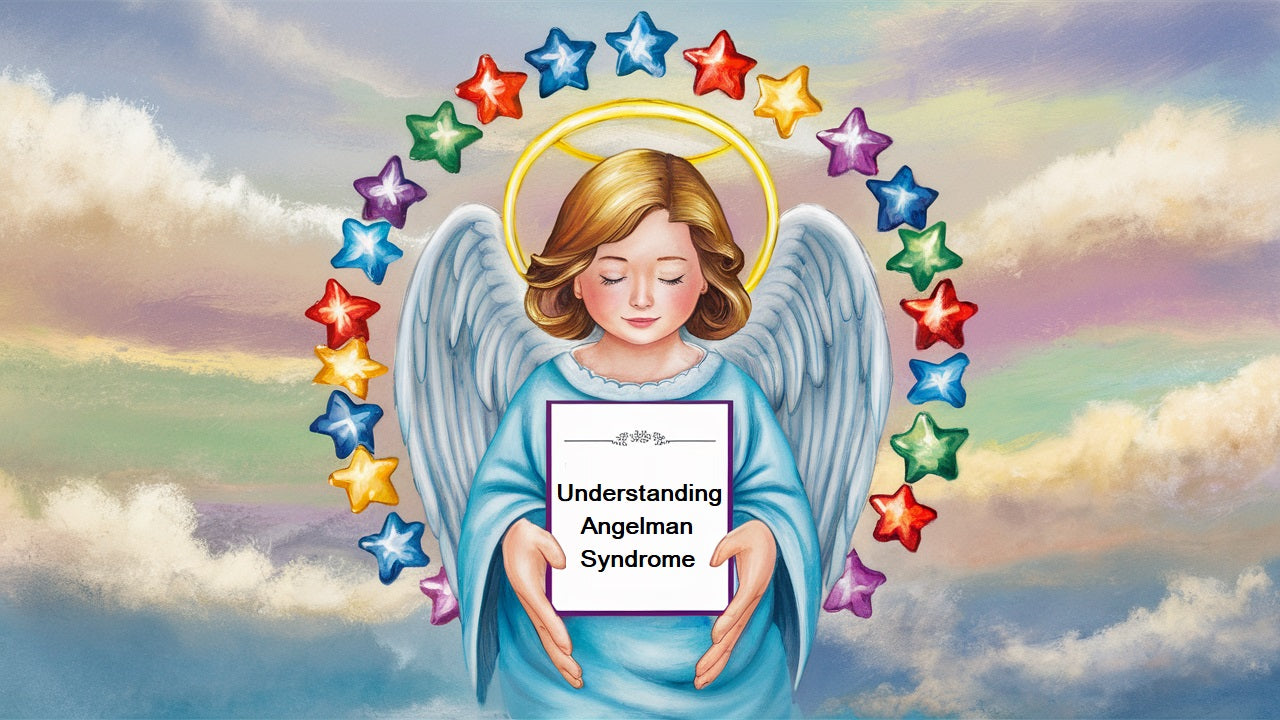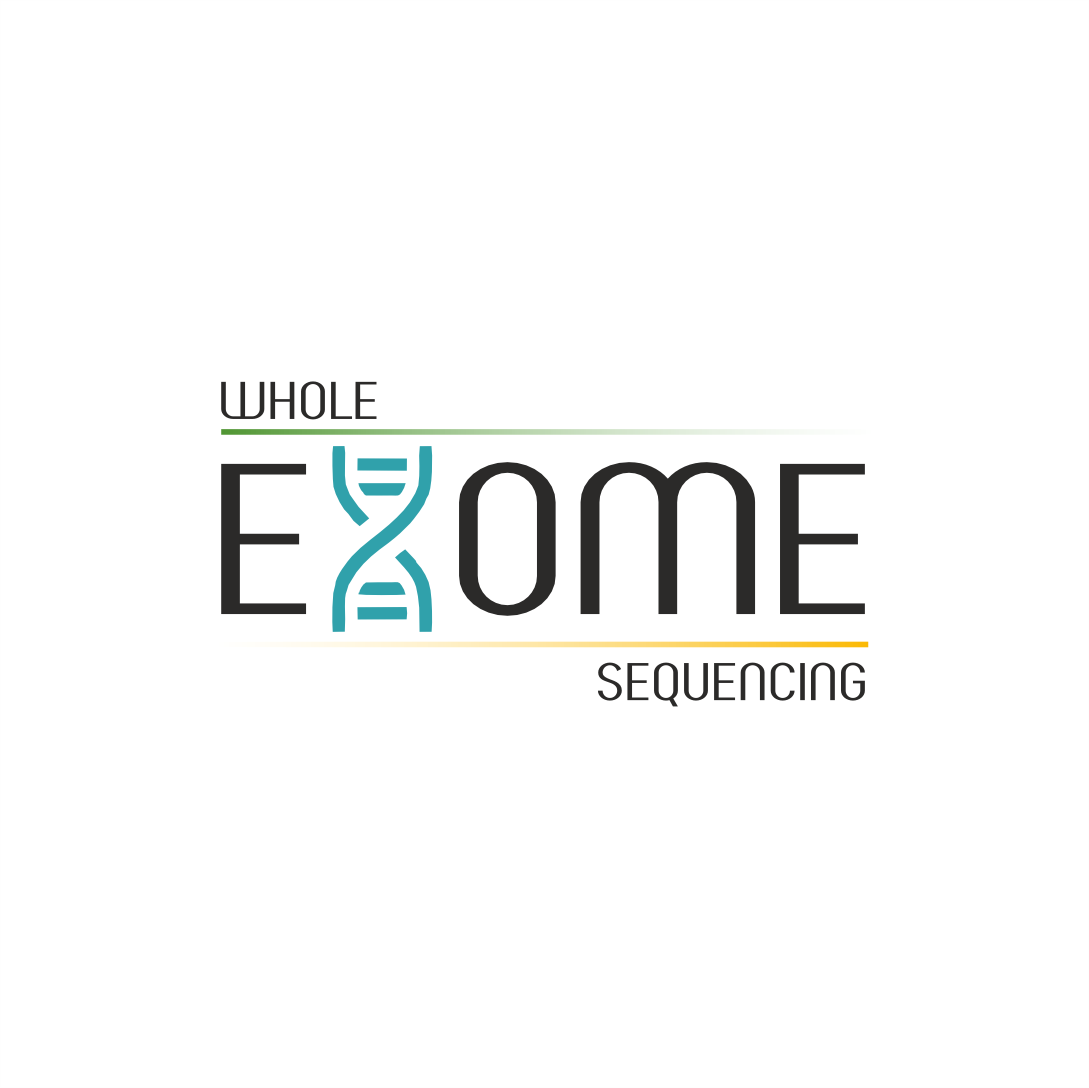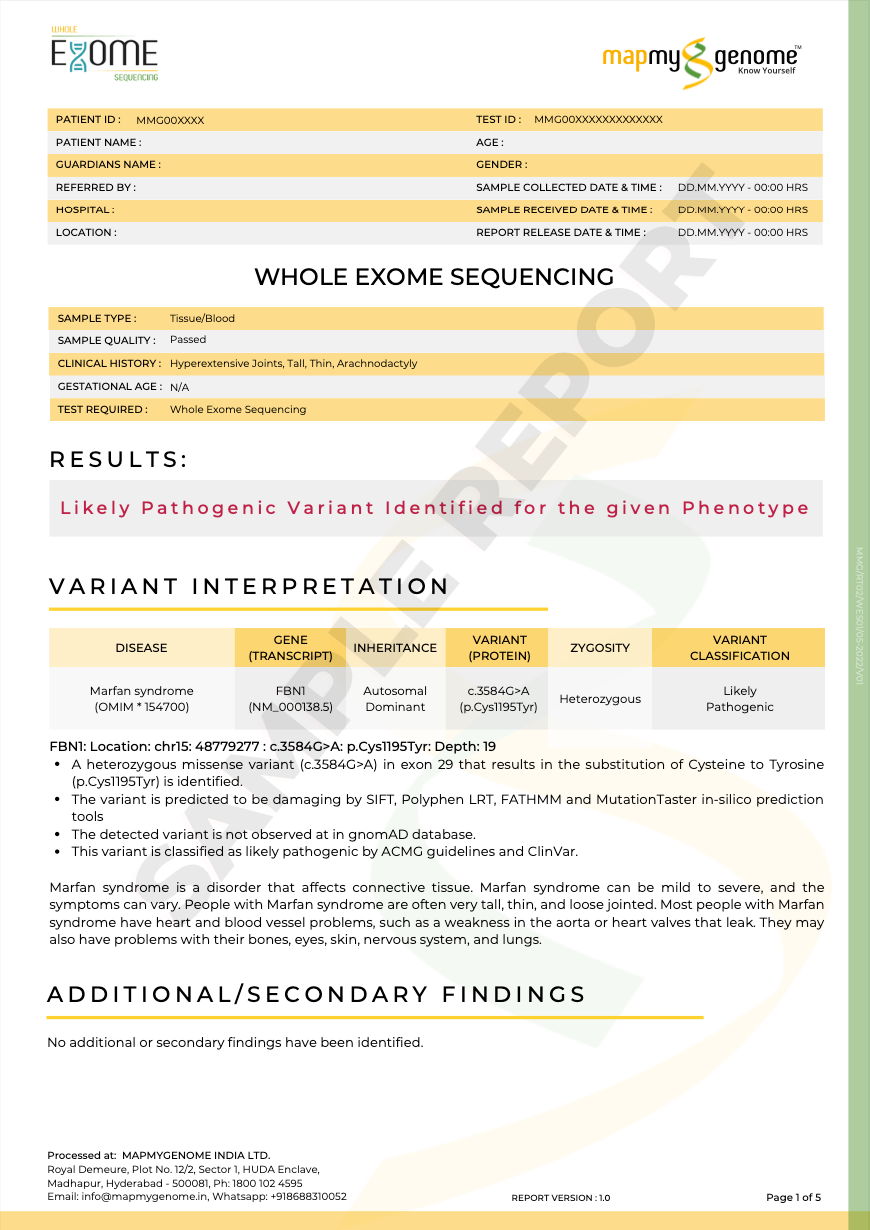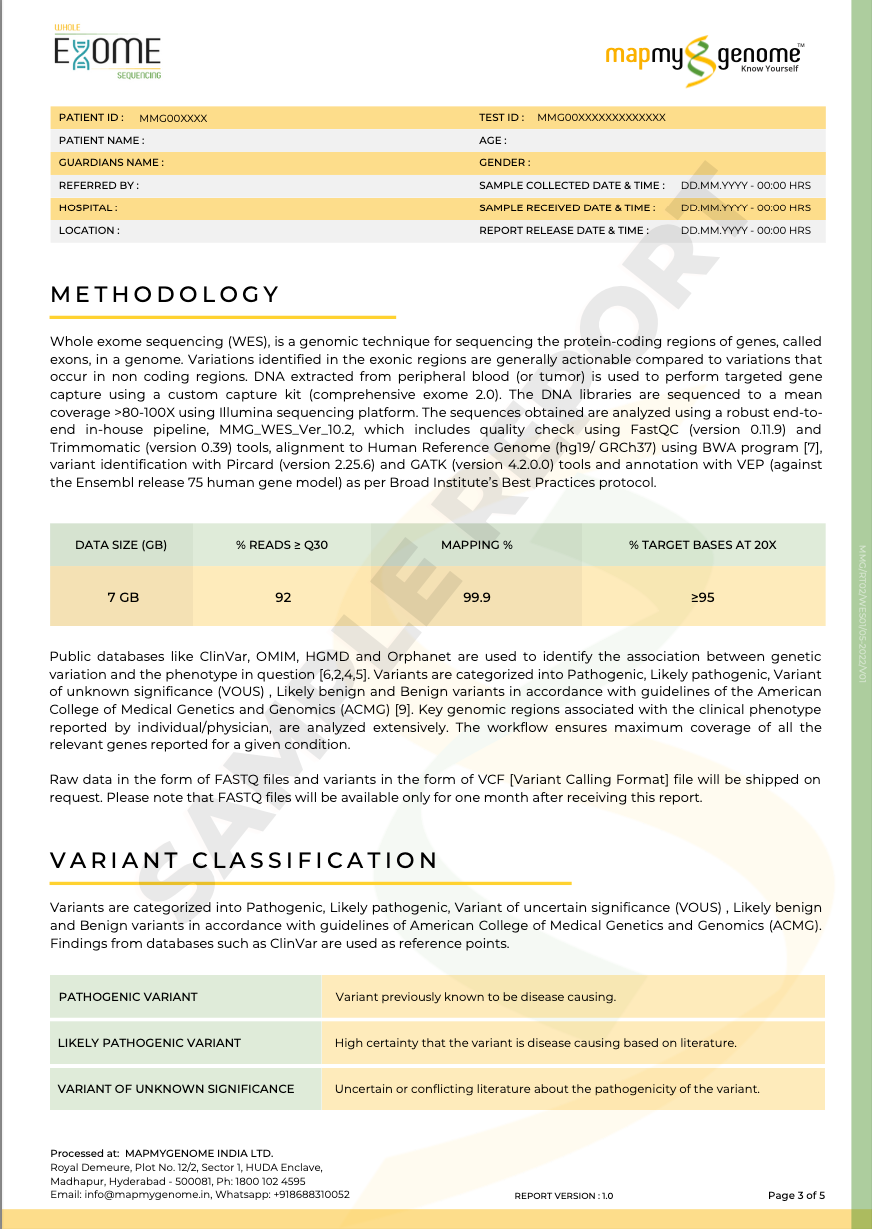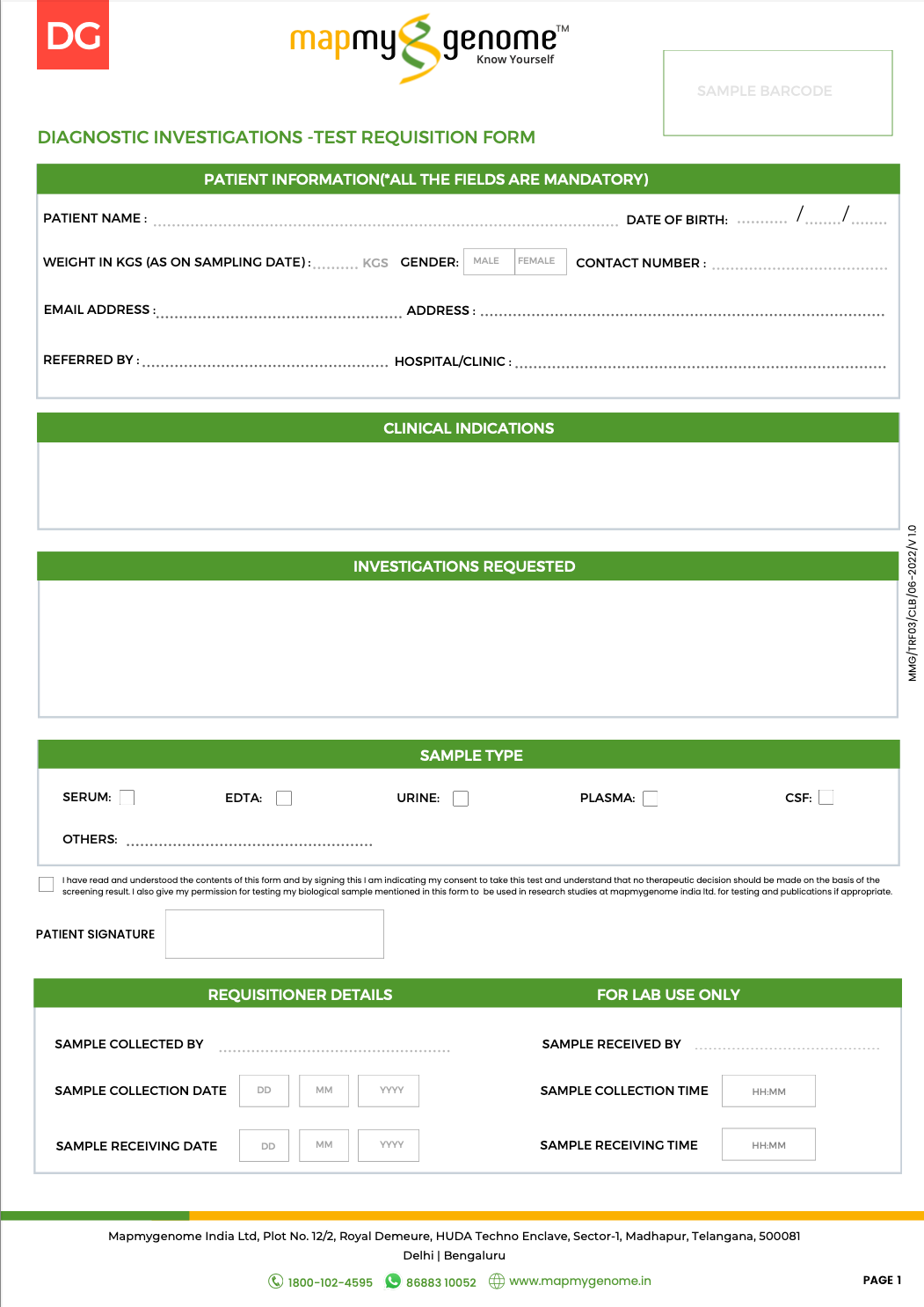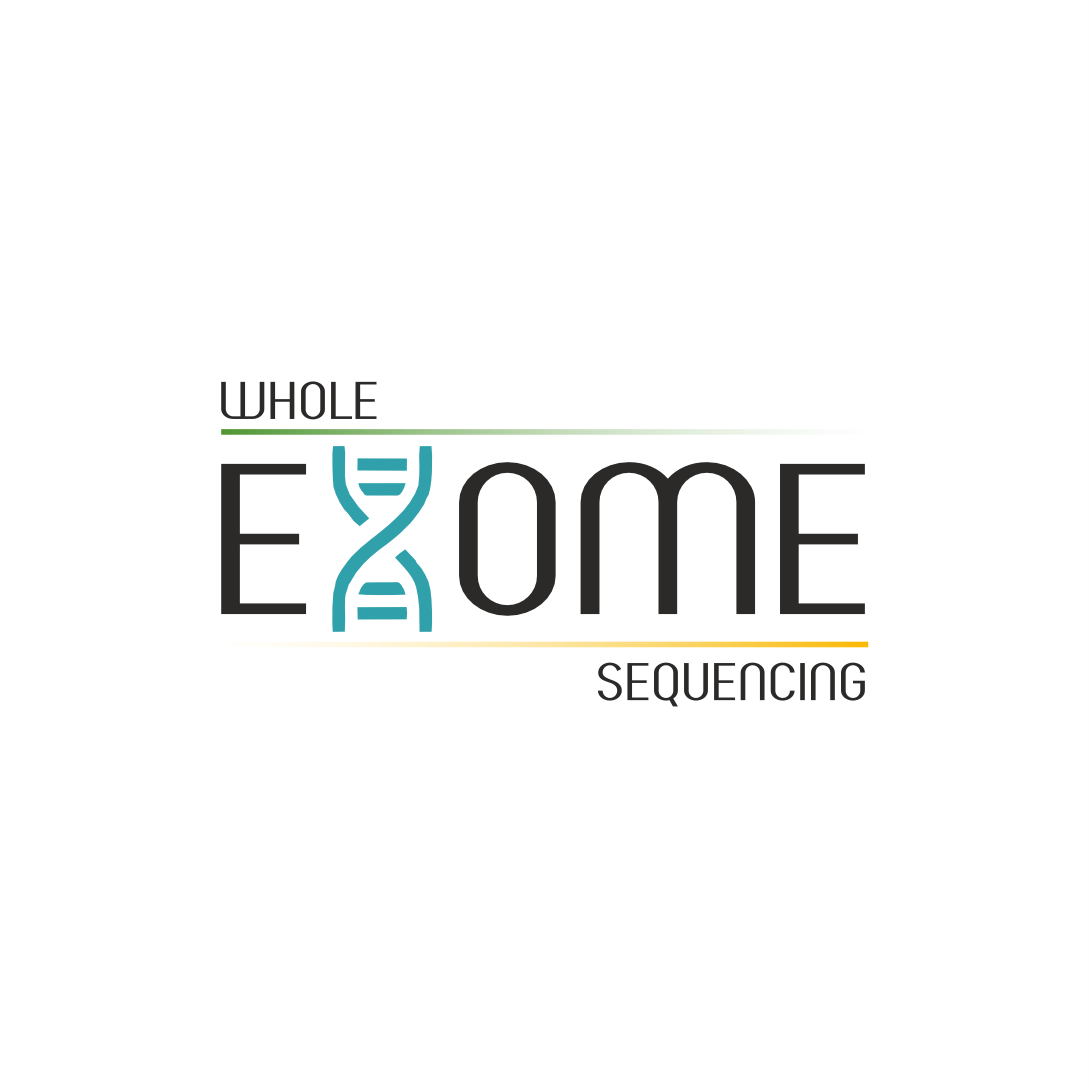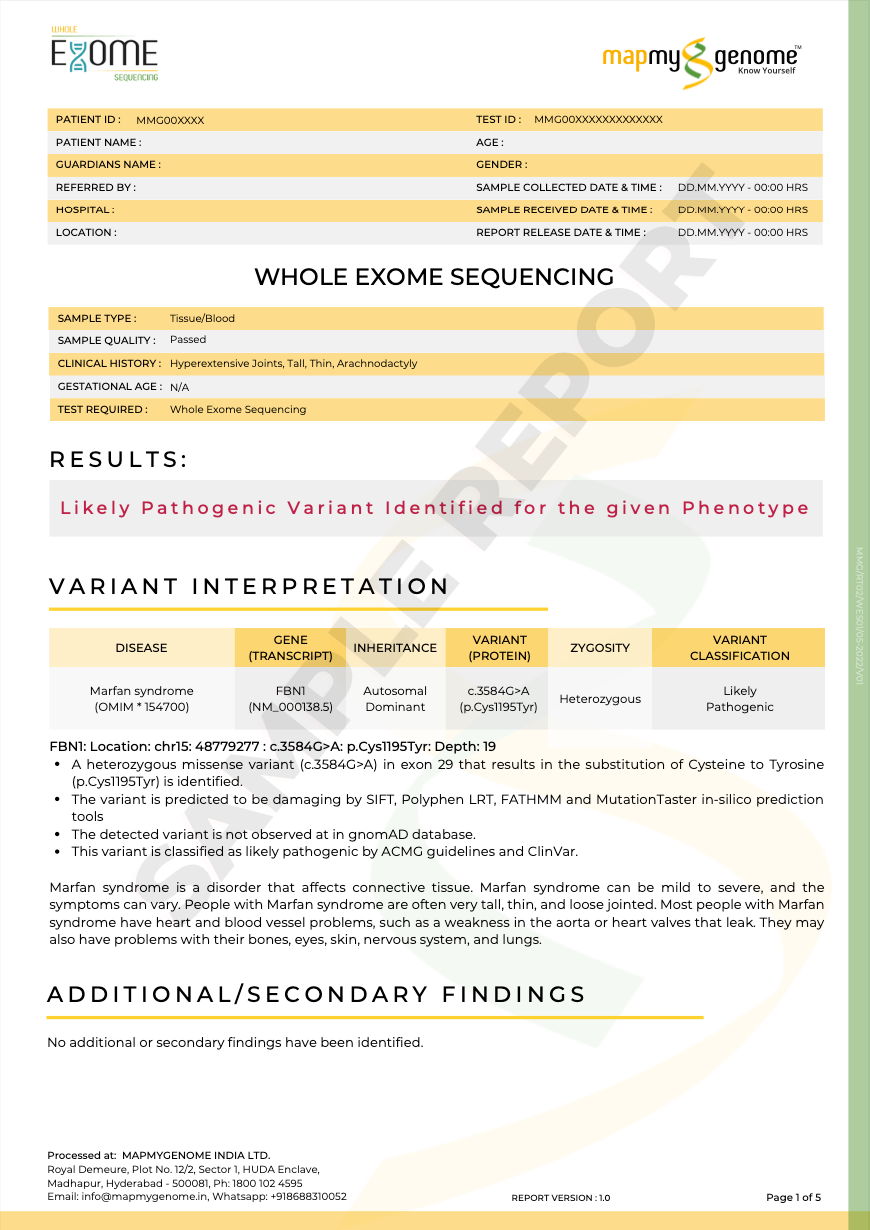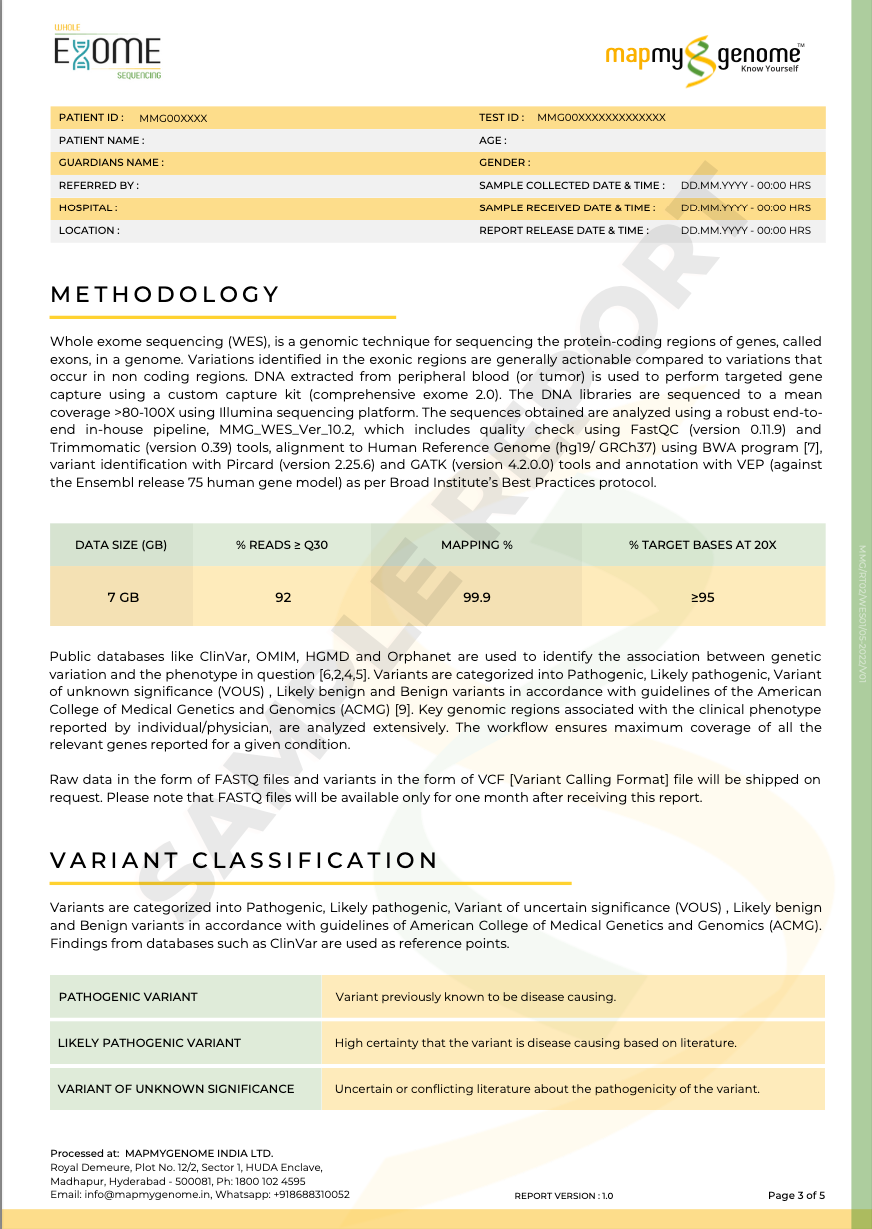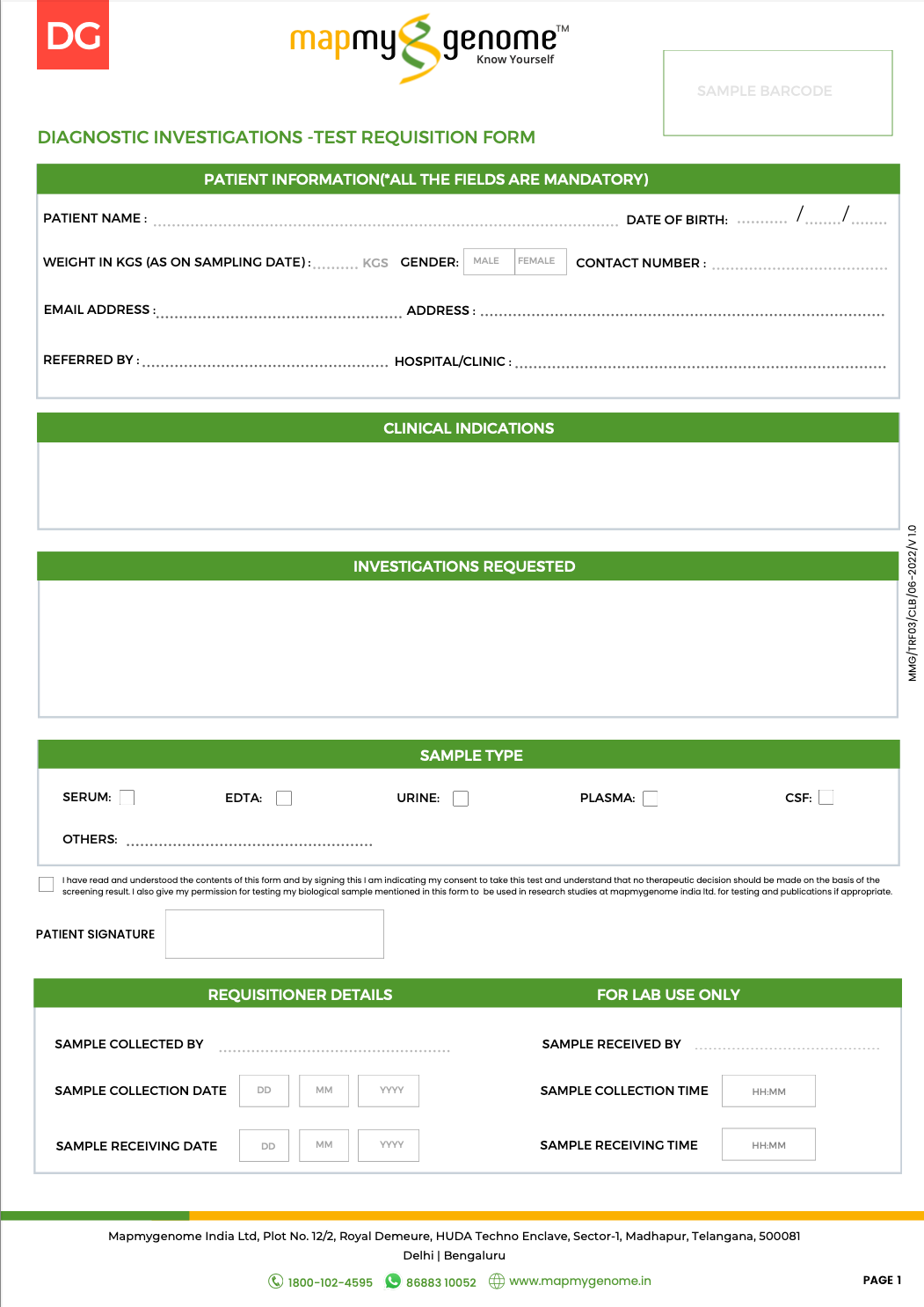Angelman Syndrome (AS) is a rare genetic disorder that primarily affects the nervous system, leading to developmental delays, intellectual disabilities, and severe speech impairments. Named after the British pediatrician Dr. Harry Angelman, who first described the condition in 1965, Angelman Syndrome is often misdiagnosed due to its overlapping symptoms with other disorders like autism and cerebral palsy. However, with increased awareness and advancements in genetic testing, early diagnosis and intervention are now more achievable.
What Causes Angelman Syndrome?
Angelman Syndrome is typically caused by the deletion or mutation of the UBE3A gene on the maternal copy of chromosome 15. The UBE3A gene plays a crucial role in brain development and function. In a typical individual, this gene is active on both maternal and paternal chromosomes, but in certain brain regions, only the maternal gene is active. When the maternal copy is missing or nonfunctional, the result is the development of Angelman Syndrome.
There are four main genetic mechanisms that can lead to Angelman Syndrome:
- Deletion of the Maternal Chromosome 15q11-q13 Region: This is the most common cause, accounting for about 70% of cases.
- UBE3A Mutation: A mutation in the UBE3A gene itself, which affects around 10% of cases.
- Paternal Uniparental Disomy (UPD): Both copies of chromosome 15 are inherited from the father, with none from the mother, leading to about 3-5% of cases.
- Imprinting Defect: This involves a defect in the imprinting process, affecting the expression of the UBE3A gene.
Recognizing the Symptoms of Angelman Syndrome
Angelman Syndrome is characterized by a range of symptoms that can vary in severity. Common signs include:
- Developmental Delays: This is often one of the first noticeable signs. Children with AS may not crawl or walk at the expected age and might have difficulty with motor skills.
- Speech Impairment: Most individuals with Angelman Syndrome have little to no speech, although they can communicate using nonverbal methods.
- Happy Demeanor: Individuals with AS often have a very happy, excitable demeanor, with frequent smiling and laughing.
- Seizures: Epilepsy is common, with seizures usually beginning between the ages of 2 to 3 years.
- Movement and Balance Disorders: Individuals may have a jerky, puppet-like movement and struggle with balance.
Other symptoms may include hyperactivity, a short attention span, sleep disturbances, and unusual behaviors such as hand-flapping.
Diagnosis and Genetic Testing for Angelman Syndrome
Diagnosing Angelman Syndrome typically involves a combination of clinical evaluation and genetic testing. Because the symptoms can resemble those of other disorders, a definitive diagnosis usually requires a genetic test.
- Methylation Analysis: This test can detect most cases of Angelman Syndrome caused by a deletion or imprinting defect.
- UBE3A Gene Sequencing: This test is used to detect mutations in the UBE3A gene.
- Chromosomal Microarray Analysis (CMA): This test can identify the deletion of the 15q11-q13 region.
Early diagnosis is crucial for managing the condition effectively. Once diagnosed, genetic counseling can help families understand the disorder and discuss the risks of recurrence in future pregnancies.
Treatment and Management of Angelman Syndrome
There is currently no cure for Angelman Syndrome, but various therapies and interventions can significantly improve the quality of life for those affected. Treatment is typically symptomatic and supportive, focusing on managing symptoms and enhancing the individual's abilities.
- Speech Therapy: Although verbal communication may be limited, speech therapy can help individuals develop alternative communication methods, such as sign language or communication devices.
- Physical Therapy: Helps improve motor skills, balance, and coordination.
- Occupational Therapy: Focuses on improving daily living skills.
- Behavioral Therapy: Addresses hyperactivity, short attention span, and other behavioral issues.
- Medications: Anticonvulsant medications are often prescribed to manage seizures, while other medications may be used to address sleep disturbances or hyperactivity.
Living with Angelman Syndrome
Life with Angelman Syndrome presents unique challenges, but with the right support and interventions, individuals can lead fulfilling lives. Families play a crucial role in the ongoing care and support of their loved ones. Support groups and organizations can provide valuable resources and connect families with others experiencing similar challenges.
Education is also a key component of managing Angelman Syndrome. Children with AS can benefit from specialized educational programs tailored to their needs, focusing on maximizing their potential in a supportive environment.
The Role of Genetic Testing in Understanding Angelman Syndrome
Genetic testing has revolutionized the way we understand and diagnose Angelman Syndrome. Tests like MapmyGenome's Whole Exome Sequencing, which offer comprehensive genetic insights, can help in identifying genetic predispositions to various health conditions, including those that overlap with the symptoms of Angelman Syndrome. While Whole Exome Sequencing is not specifically designed for diagnosing Angelman Syndrome, it provides valuable information about one's genetic health, which can guide further testing and consultation.
For families with a history of Angelman Syndrome or those concerned about genetic disorders, genetic counseling and testing can provide clarity and peace of mind, offering a path forward in managing and understanding the condition.
Conclusion
Angelman Syndrome, though rare, is a condition that significantly impacts the lives of those affected and their families. Early diagnosis through genetic testing and a comprehensive treatment plan can help manage symptoms and improve quality of life. As we continue to learn more about this genetic disorder, the importance of awareness, research, and support cannot be overstated.
For those seeking further information, support, or genetic testing options, organizations like MapmyGenome offer resources that can assist in understanding and managing Angelman Syndrome and other genetic conditions.


